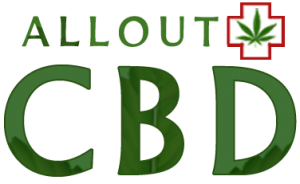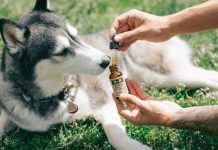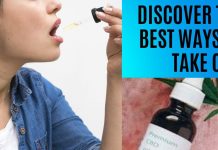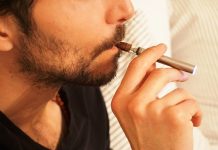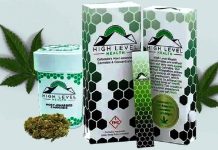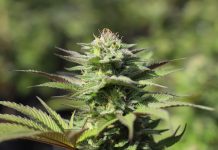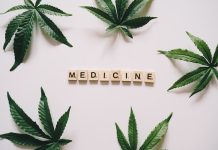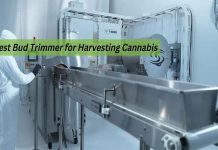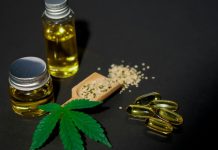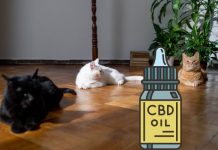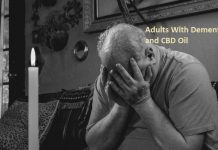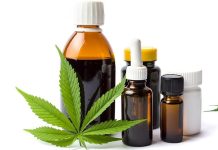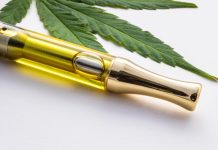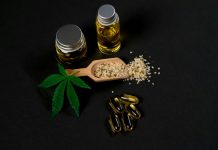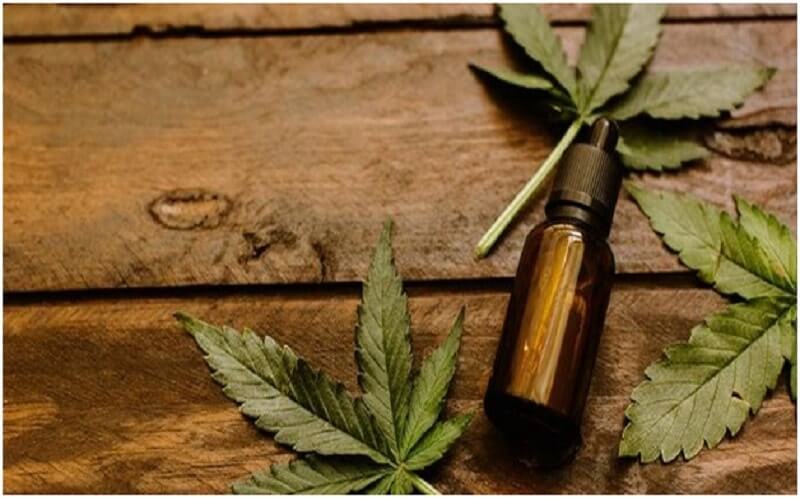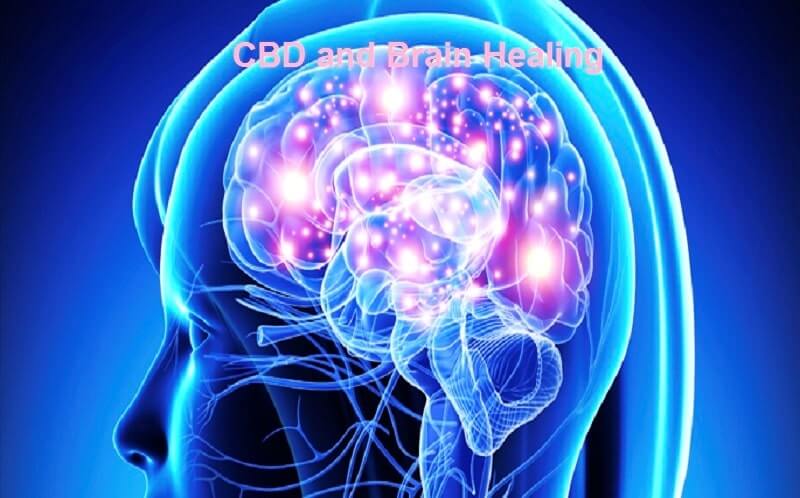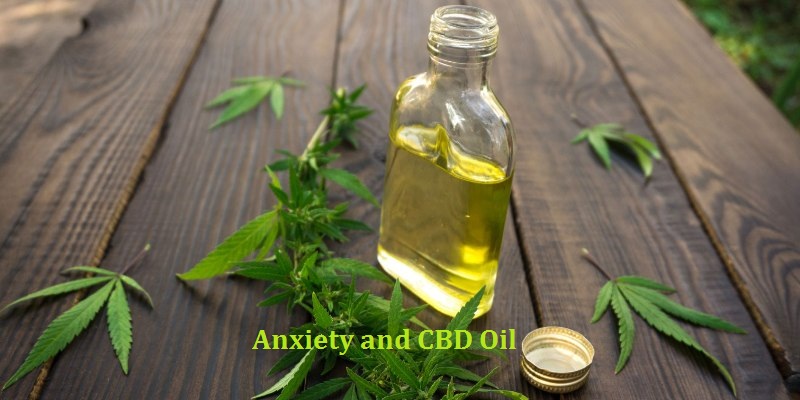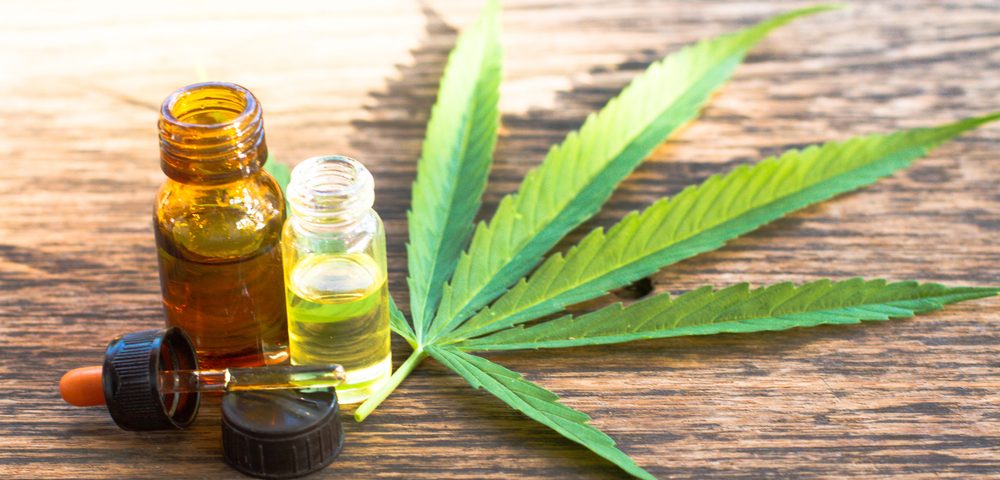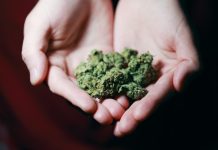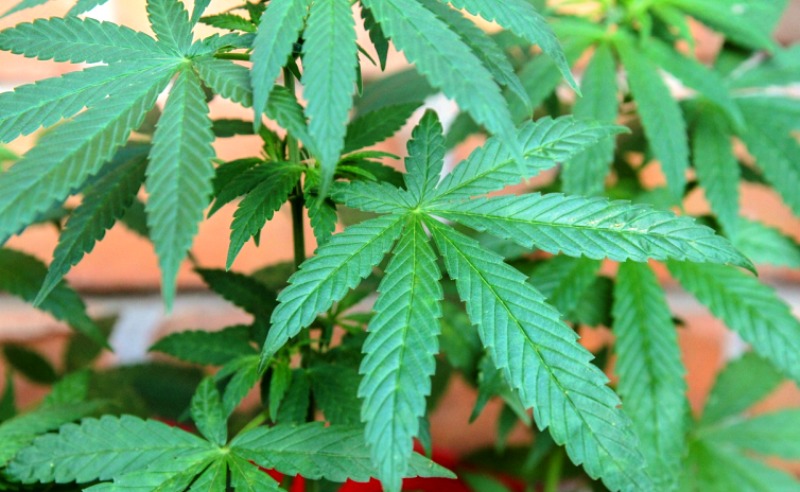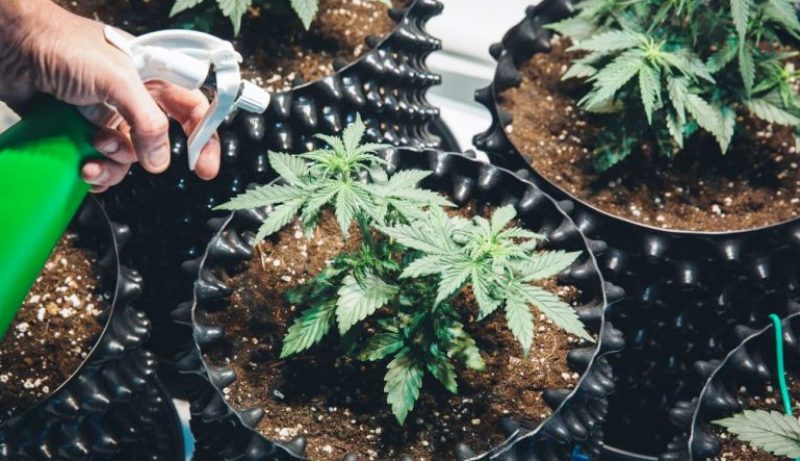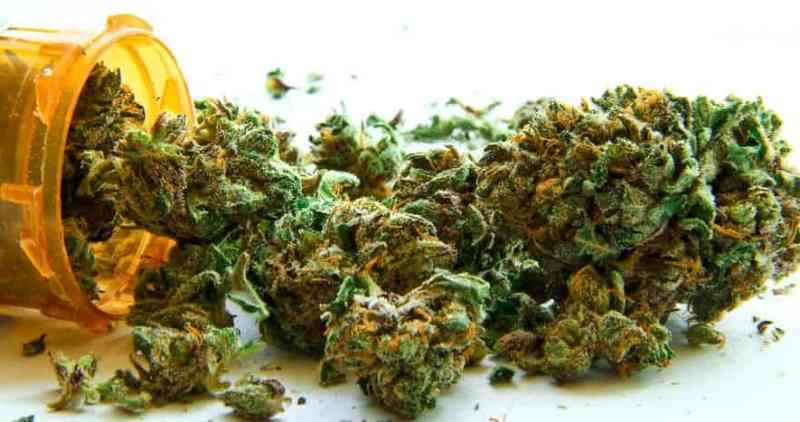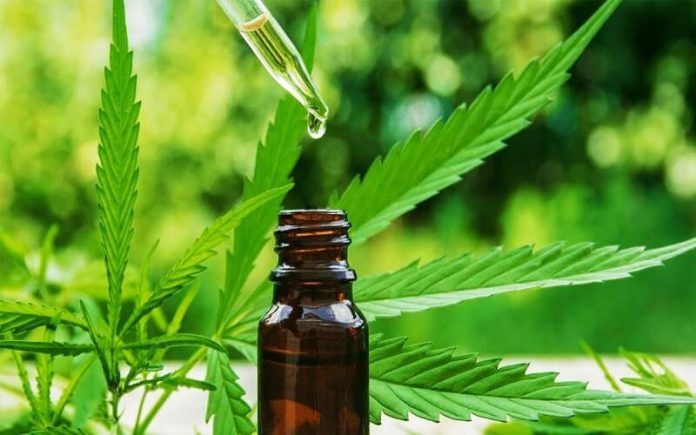CBD can be consumed in various ways, such as by smoking CBD-rich strains or by ingesting CBD-containing capsules or edibles.
There are many products containing CBD on the market and it is often difficult to choose the one that best suits your needs. Tinctures, oils, capsules, topical formulas: what’s the difference? In this article we will discover the world of CBD, starting with tinctures, and we will offer you a simple recipe for making a CBD tincture at home.
Should you try CBD tinctures?
The wide range of options can be confusing for even the most seasoned CBD users. In this article, we will focus on CBD tinctures: what are they, what benefits do they offer, and how to make CBD tinctures at home? Here’s everything you need to know.
What Are CBD Tinctures?
CBD tinctures should be potent, pack high doses of CBD, and contain tetrahydrocannabinol (THC) levels of less than 0.3%. CBD tinctures are different from cannabis tinctures. The latter contains large amounts of THC and other cannabinoids. CBD does not induce psychoactive effects, therefore CBD tinctures do not generate highs. However, these formulas have many other advantages.
CBD tinctures and CBD oil have some similarities:
Both products contain liquid CBD in concentrated form and, when ingested, generate similar effects.
The two products are often sold in small bottles:
In some cases, manufacturing companies label CBD oils as “CBD oil tinctures”, causing confusion for shoppers trying to distinguish between the various commercially available products. However, there are some substantial differences between CBD oil and CBD tincture:
The dyes are made from raw hemp, immersed in an alcohol-based solution.
CBD oil is made by infusing isolated CBD in a carrier oil, such as olive oil, hemp seed oil, or MCT oil.
The alcohol base provides CBD tinctures with several benefits:
- Tinctures have a longer shelf life than oil-based products.
- CBD tinctures are water-soluble, so they can be easily mixed with food and drink.
- The tinctures offer high bioavailability. This means that they are absorbed more easily by the body.
- If you prefer to do it yourself, you can make a CBD tincture at home too, very easily.
Commercial Dyes vs Homemade Dyes
So how can you make a homemade CBD tincture? And what is the difference between artisan dyes and those bought in the store?
Commercial CBD Tinctures
Alcohol or CO₂ extraction techniques are generally used to make commercial CBD tinctures. This last method allows obtaining pure isolated CBD, which is subsequently mixed with a carrier, usually an oil.
As a result, many commercial products containing CBD and labeled as “tinctures” are actually oils. Oil-based formulas do not meet the technical requirements of tinctures, but this definition is now used to mean any highly concentrated CBD extract, sold in dropper bottles and administered sublingually. It also allows you to distinguish oil-based “tinctures” from other products containing CBD oil, intended for different use.
High-quality commercial CBD tinctures offer convenience and a high level of purity. Oil-based dyes obtained from CO₂ extraction techniques are extremely potent.
Homemade CBD Tinctures
Artisanal CBD tinctures are made by soaking hemp or cannabis in an alcoholic solution. Sometimes, to facilitate extraction, alcohol is also heated. As an alternative to alcohol, it is possible to use vinegar or vegetable glycerin. However, alcohol allows for more potent results.
Homemade dyes do not have the same degree of purity as commercial dyes. The latter, in fact, during the extraction process is subjected to industrial procedures to remove all impurities. However, artisanal CBD tinctures are less expensive and offer more control over the ingredients. By making a CBD tincture yourself, you can freely choose your favorite cannabis strain and adjust the potency of the final product according to your needs.
How to make a homemade CBD tincture
To make a homemade CBD tincture you need very few ingredients and a little patience. Below we propose a simple recipe, suitable for beginners.
If you are using cannabis flowers, you must first decarboxylate the ganja. Choose the strain wisely: if you use genetics containing high doses of THC, you will get a product with psychotropic effects. To make a pure, psychoactive-free CBD tincture, choose a strain that packs in negligible doses of THC.
- Place the concentrate or flowers decarboxylated with alcohol in an airtight glass jar. The higher the alcohol content, the better the final result. It is preferable to use around 750ml of alcohol for every 28g of cannabis.
- Close the jar and let the mixture rest for a few weeks, preferably in a dark place. Exposure to light could destroy the active ingredients of the solution, reducing the final potency of the dye.
- Shake the jar once a day.
- Filter the mixture and store it in a dark glass dropper bottle.
Conclusion
To save time, you can simmer the alcohol and cannabis mixture for a few hours. If you want to get a stronger tincture, reduce the alcohol-to-cannabis ratio. If you decide to apply heat to the mixture, proceed with extreme caution. Always remember that you are handling flammable ingredients.
